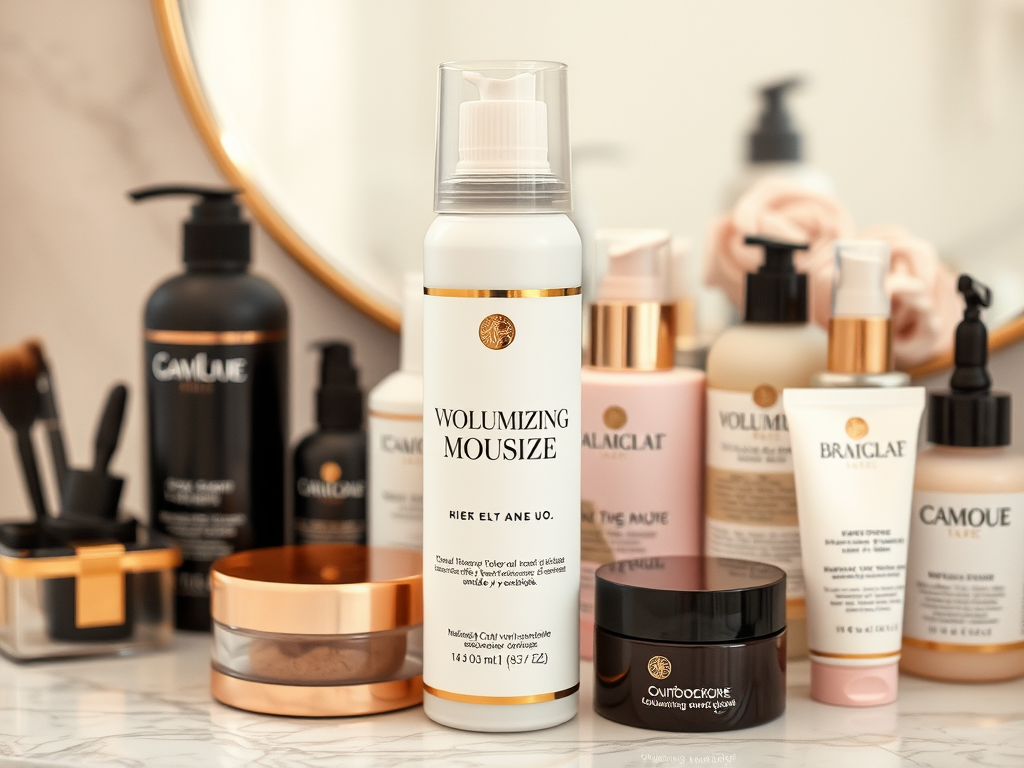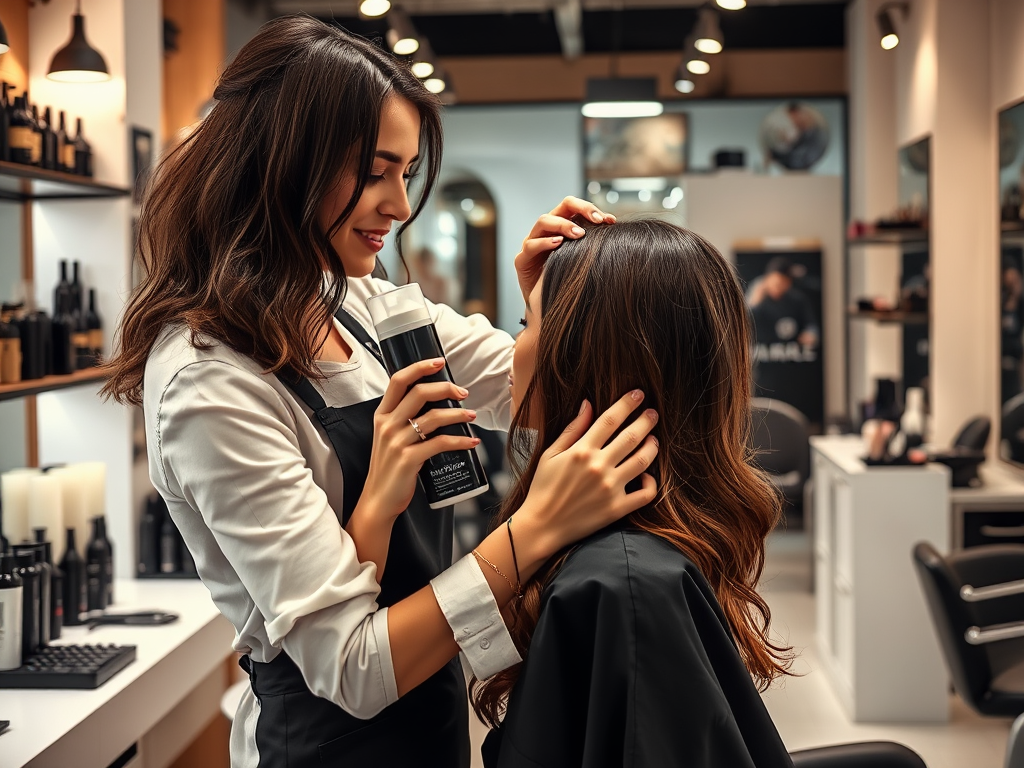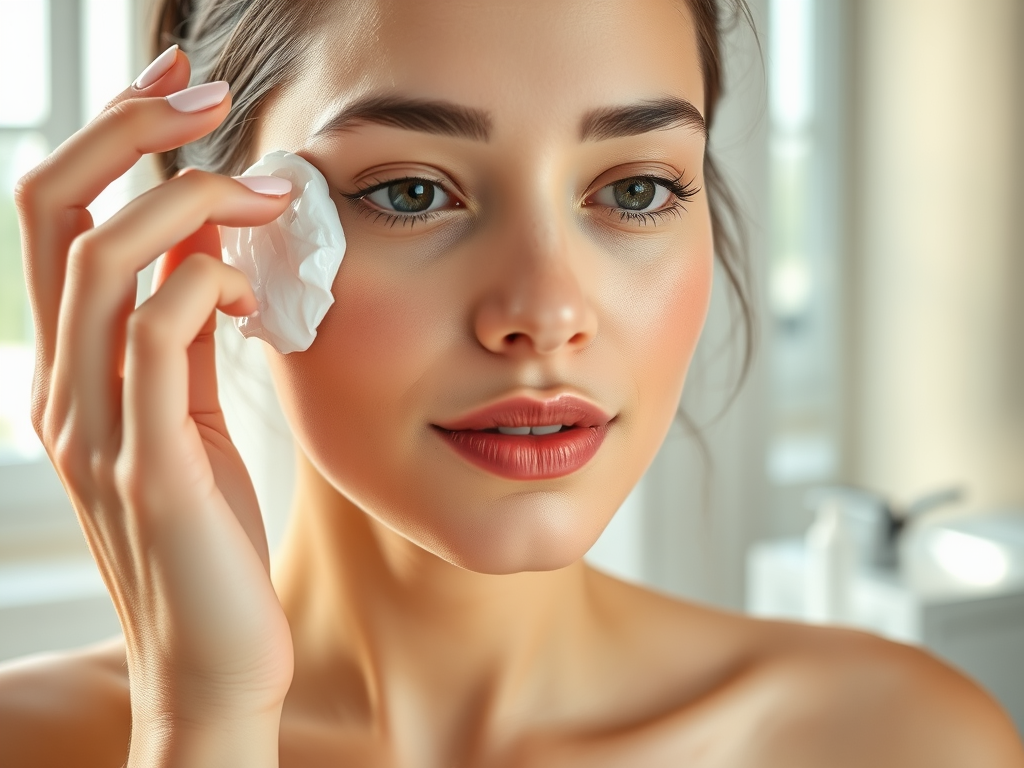Hair mousse has become a staple in the beauty routines of many, yet it can pose some questions when it comes to how and when to use it. While traditionally applied to damp hair for styling, the idea of using mousse on completely dry locks raises both curiosity and skepticism. Is it possible to achieve that desired volume and definition without the moisture foundation? In this article, we will explore whether applying mousse directly to dry hair is a good idea, the potential benefits and drawbacks, and how to do it effectively. Whether you’re a styling novice or a seasoned pro, the answer to this question will influence how you achieve your ideal hairstyle.
Before diving headfirst into the details, it’s key to first understand what hair mousse really is. Hair mousse is a foam styling product designed to add volume, hold, and definition to various hair types. Depending on the formulation, it can either style, volumize, or provide curl enhancement. However, the question remains: are these benefits still applicable when applied to dry hair? To unravel this, let’s dig deeper.
Understanding Hair Mousse

Defined as a lightweight styling foam, hair mousse can transform flat and lifeless hair into voluminous locks. Most products contain ingredients like polymer that bond to the hair, providing lift and hold. In the market, you can find several types of mousse tailored to specific hair needs, such as volumizing mousse, which is perfect for those looking to add body, or curl-enhancing mousse, designed to define waves and curls.
| Type of Mousse | Effect |
|---|---|
| Volumizing Mousse | Adds body and lift, ideal for thin hair. |
| Styling Mousse | Provides hold and structure for any hairstyle. |
| Curl-Enhancing Mousse | Defines and nourishes curls, preventing frizz. |
Pros of Using Mousse on Dry Hair

One of the notable advantages of using mousse on dry hair is the instant enhancement of volume. By applying mousse to dry strands, you can achieve a fuller look without committing to more intensive styling techniques. The lightweight formula allows the hair to lift at the roots, creating that desired bouncy vibe many seek.
Additionally, mousse serves as a quick styling solution for those rushed mornings or unexpected outings. With just a simple application, you can contour your hair into shape swiftly. Moreover, certain types of mousse are enriched with ingredients that not only style but also condition the hair, adding an extra layer of care even when applied on dry locks.
- Defines natural waves or curls, offering a beachy vibe.
- Lightweight formula avoids weighing down the hair.
- Versatile for various hairstyles, from sleek to tousled looks.
Cons of Using Mousse on Dry Hair
However, using mousse on dry hair doesn’t come without its downsides. One primary concern is the possibility of stickiness or crunchiness that can arise if too much product is applied. This can result in a less than favorable texture that feels heavy and uncomfortable.
Moreover, many hair mousses contain alcohols that could exacerbate dryness in some hair types. This is especially true for individuals with already dry or damaged hair. Lastly, the hold provided by mousse when used on dry hair may not be as strong or effective compared to the results achieved when mousse is applied to damp hair before styling.
- Choose alcohol-free mousses for better hair health.
- Be mindful of the amount used to avoid weighing down your hair.
- Always ensure even distribution to minimize stickiness.
Tips for Using Mousse on Dry Hair
If you’re inclined to give it a try, follow these recommendations to maximize the benefits of mousse on dry hair. First, pick the right product based on your hair type and styling needs. For example, if your hair tends to be fine and limp, a volumizing mousse will be your best bet.
Next, apply mousse in small amounts to avoid overwhelming your hair. Start with a golf-ball-sized amount in your palms, rub it together, and gently scrunch it into your hair, especially at the roots. You can also use a comb or your fingers to style the hair as desired. An even, natural look can be achieved by working it evenly through your hair.
Conclusion
When it comes to the question of whether mousse can be used on dry hair, the answer leans towards ‘yes’ but with caution. While there are great benefits such as instant volume and quick styling capabilities, there are also drawbacks like potential stickiness and added dryness. Finding the right product and technique is essential to achieving the desired look without compromising the health of your hair.
Frequently Asked Questions
- Can mousse be used on all hair types? Yes, but the effectiveness may vary depending on texture and condition.
- Is mousse better on wet or dry hair? Generally, mousse works best on damp hair, but it can be styled on dry hair with proper techniques.
- Can using mousse every day damage my hair? Daily use of mousse is not typically damaging, but it’s important to choose alcohol-free products and maintain a healthy hair care routine.
- How can I reduce stickiness when using mousse on dry hair? Start with a small amount and build up as needed, ensuring even distribution to avoid buildup.
- What other styling products can I use after mousse? Light oils or hair sprays can be layered on top for added shine or hold without weighing the hair down.



